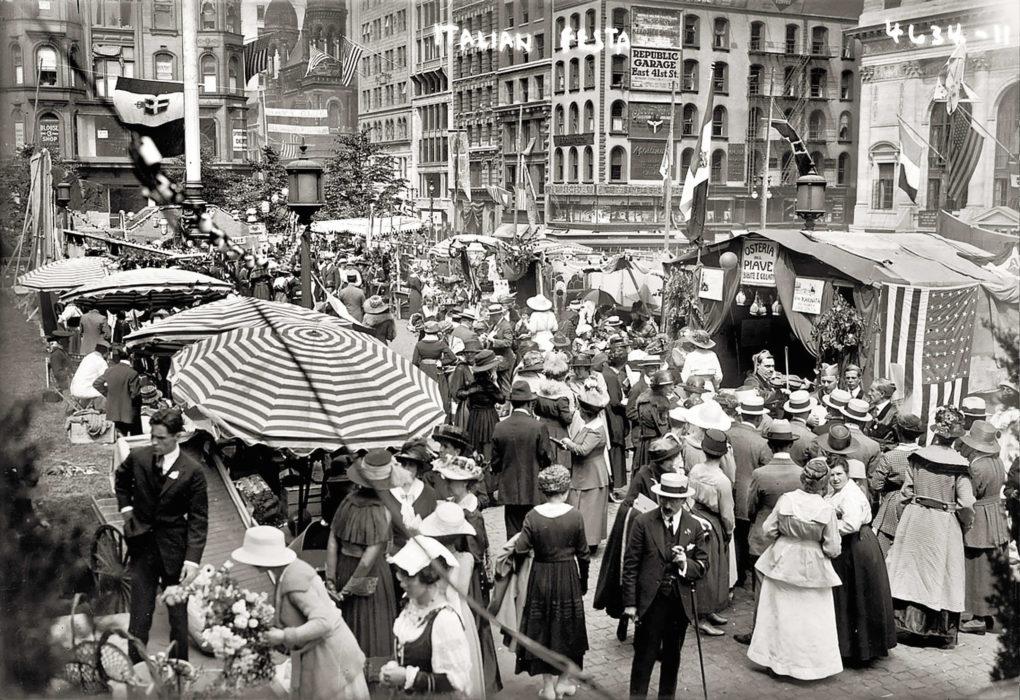IT WAS A FALL day in New York. A light rain blurred the windows of the parsonage where the wedding was about to take place. Christians, Jews, Bahá’ís, as well as whites and blacks from both England and America were represented in the small group. For the duration of the ceremony, the divides of the world were held at bay.
The groom was Louis Gregory, a prominent African-American lawyer; the bride, Louise Mathew, a white, educated woman born in England. Their marriage was illegal in twenty-five of America’s forty-eight states, and by popular opinion, unacceptable everywhere. The wedding was kept quiet; the guest list few. As the groom put it, “We do not wish any sensational newspaper articles written.”
The marriage was initially set in motion by ‘Abdu’l-Bahá. His intervention was anything but subtle. “Do you love him?” he had asked Louise several months earlier in Chicago. If she did, he told her, then the two should marry. That same day, ‘Abdu’l-Bahá informed Mr. Gregory: “It would give me much pleasure if you and Miss Mathew were to marry.” Louis reported that after hearing ‘Abdu’l-Bahá’s words, he froze and his hands went stone cold. He left ‘Abdu’l-Bahá’s suite and wandered about the streets of Chicago for two hours before regaining his composure.

Although ‘Abdu’l-Bahá’s promptings were integral to their union, it was not an arranged marriage. The couple had first met in 1911 in Ramleh, Egypt, where they had travelled to meet ‘Abdu’l-Bahá. It was here that they had first become friends.
On August 4, 1912, in Dublin, New Hampshire, ‘Abdu’l-Bahá announced in front of an astonished group that Louis and Louise were to be married. On September 27, 1912, the marriage took place in New York, performed by a sympathetic minister in the parsonage of an Episcopal church, since Bahá’í marriages were not yet recognized in the state.
As the couple said their vows, ‘Abdu’l-Bahá was halfway across the country, bound for Salt Lake City. A letter he had written to Louis Gregory in 1909 was read during the ceremony: “I hope that thou mayest become the herald of the Kingdom, become the means by which the white and colored people shall close their eyes to racial differences, and behold the reality of humanity.” When Louis had first read those words, he had no idea that his personal life would someday become one of the foremost testimonies of his beliefs.
The marriage of Louis and Louise was by no means an easy one — even finding a place to live proved difficult. They were discouraged from traveling together by nervous but well-meaning friends. The couple spent long periods apart, since Louis’s race amity work took him regularly to the South, where her presence was impossible. During these times there were speculations that they had split, often by those who hoped the marriage would fail. Yet Louis and Louise Gregory remained happily married until his death nearly forty years later. Throughout their lives, Louis once commented, they shared “one spirit, one purpose. . . .”






